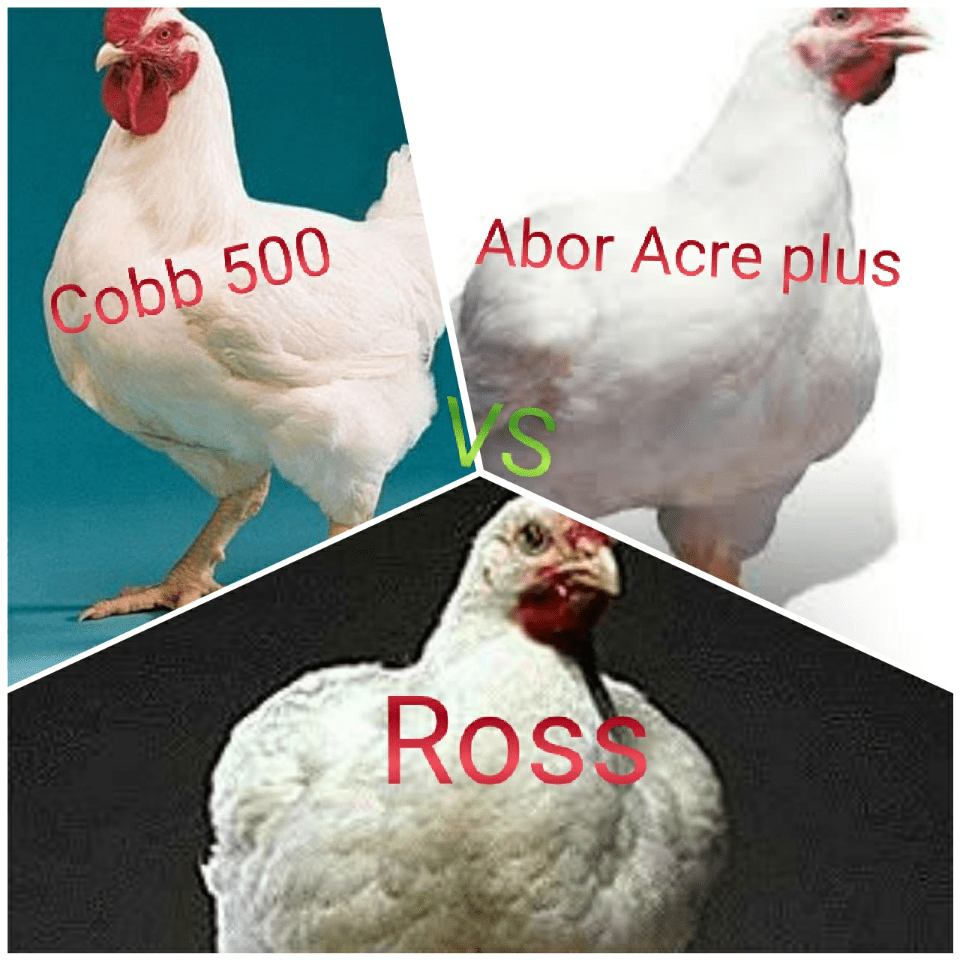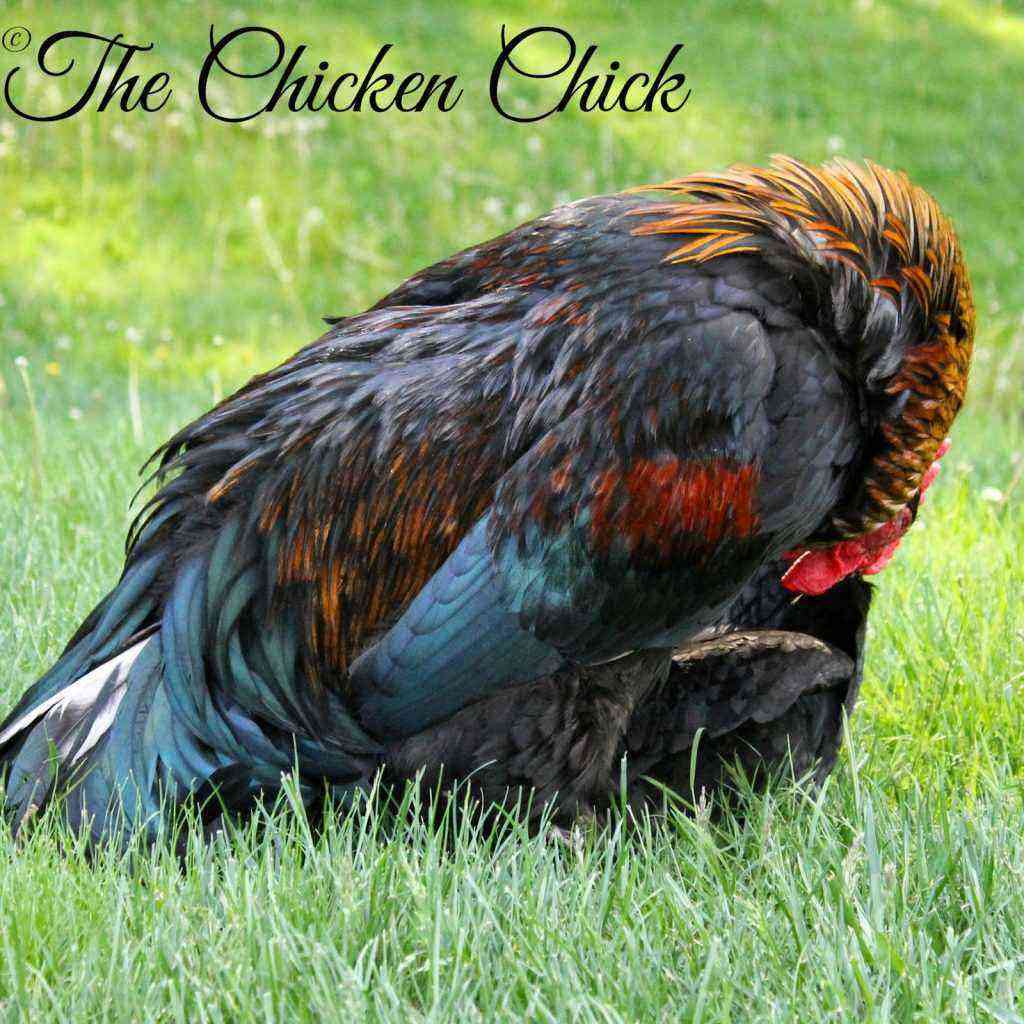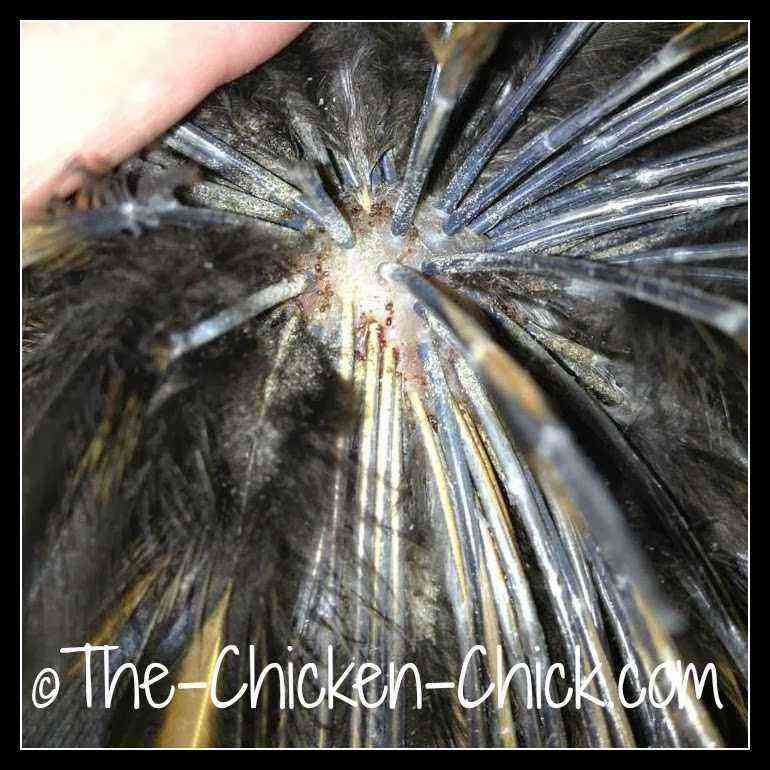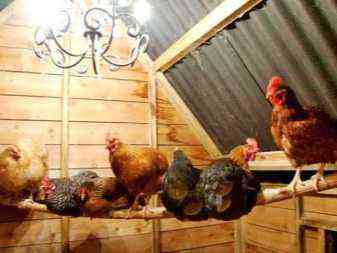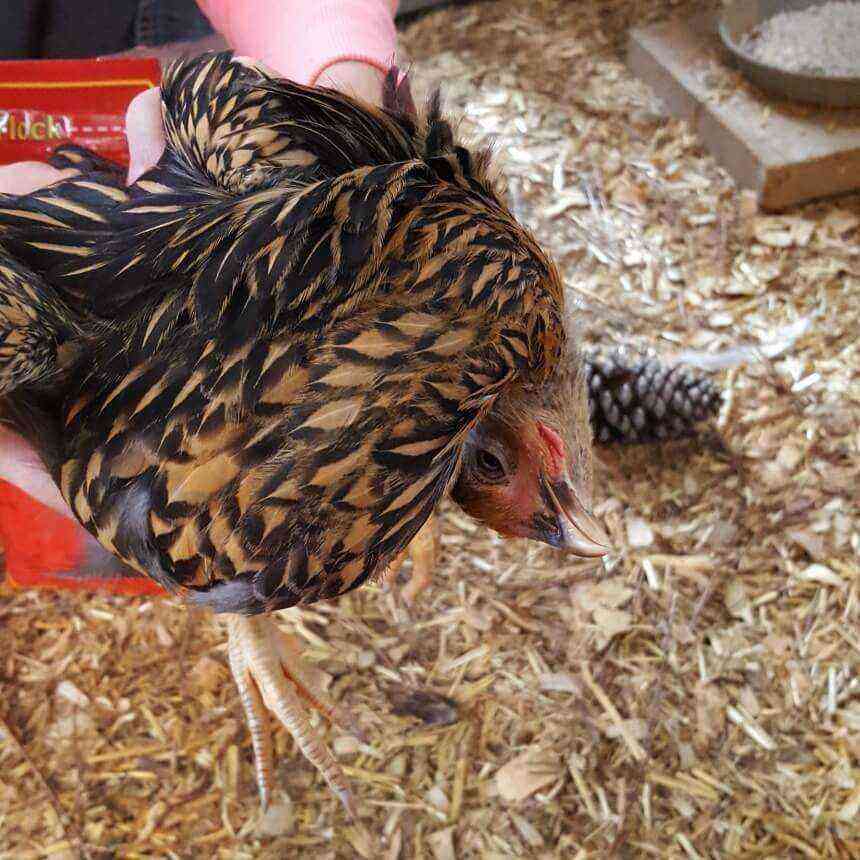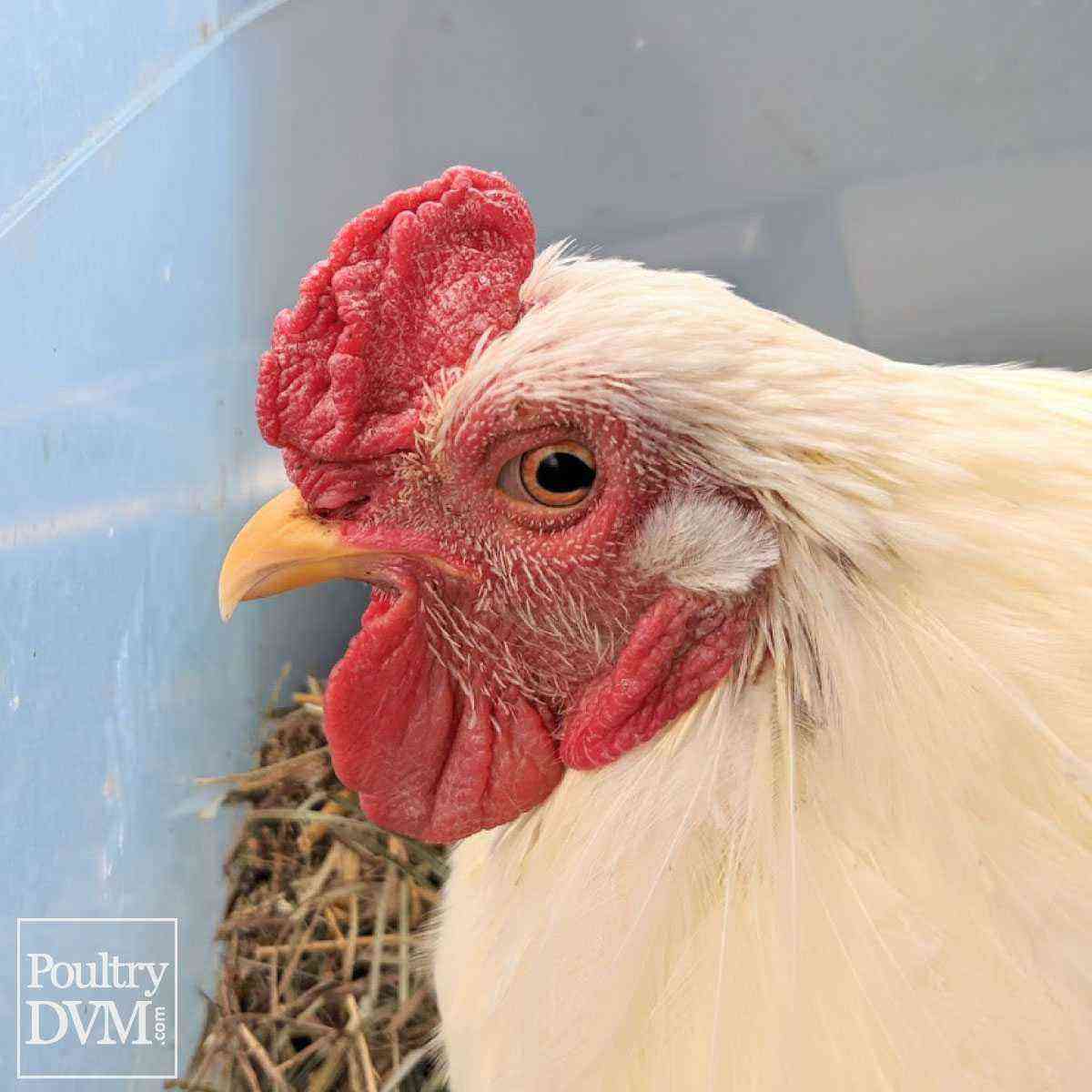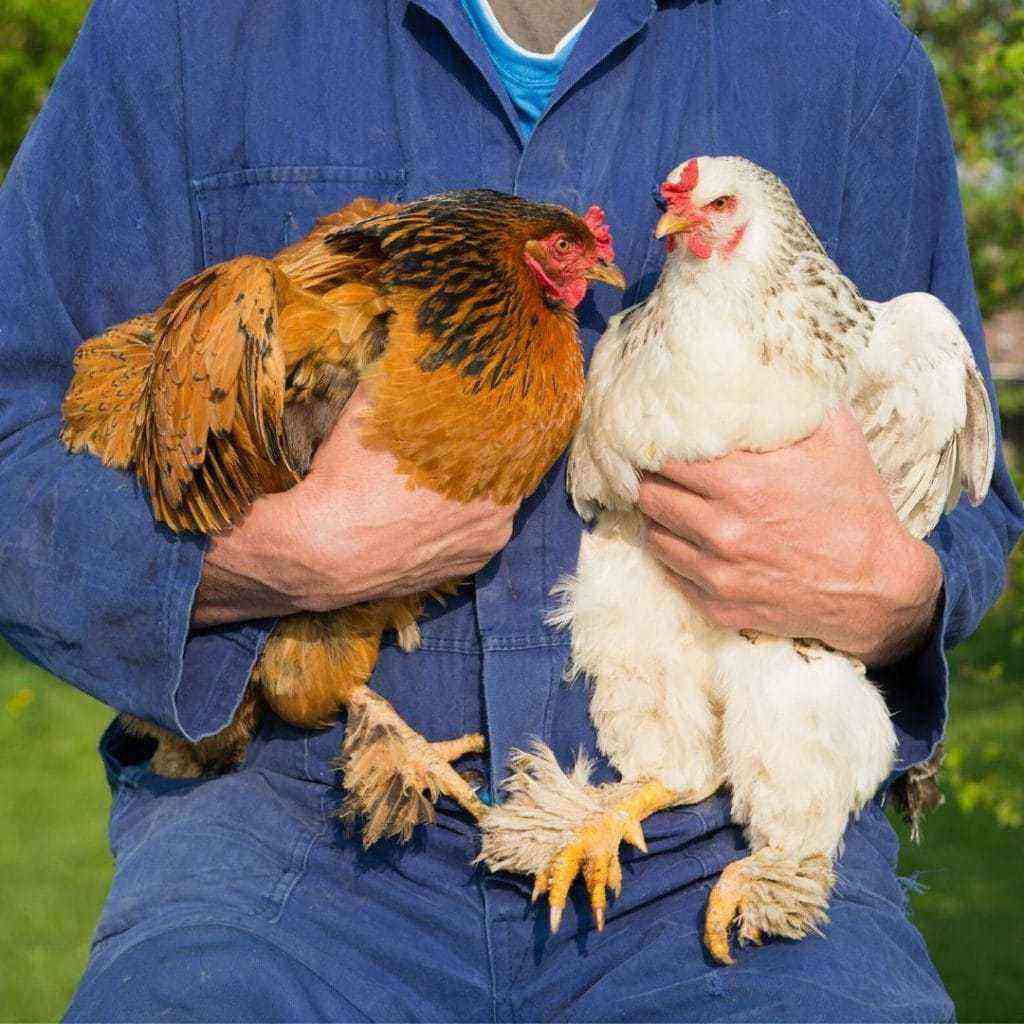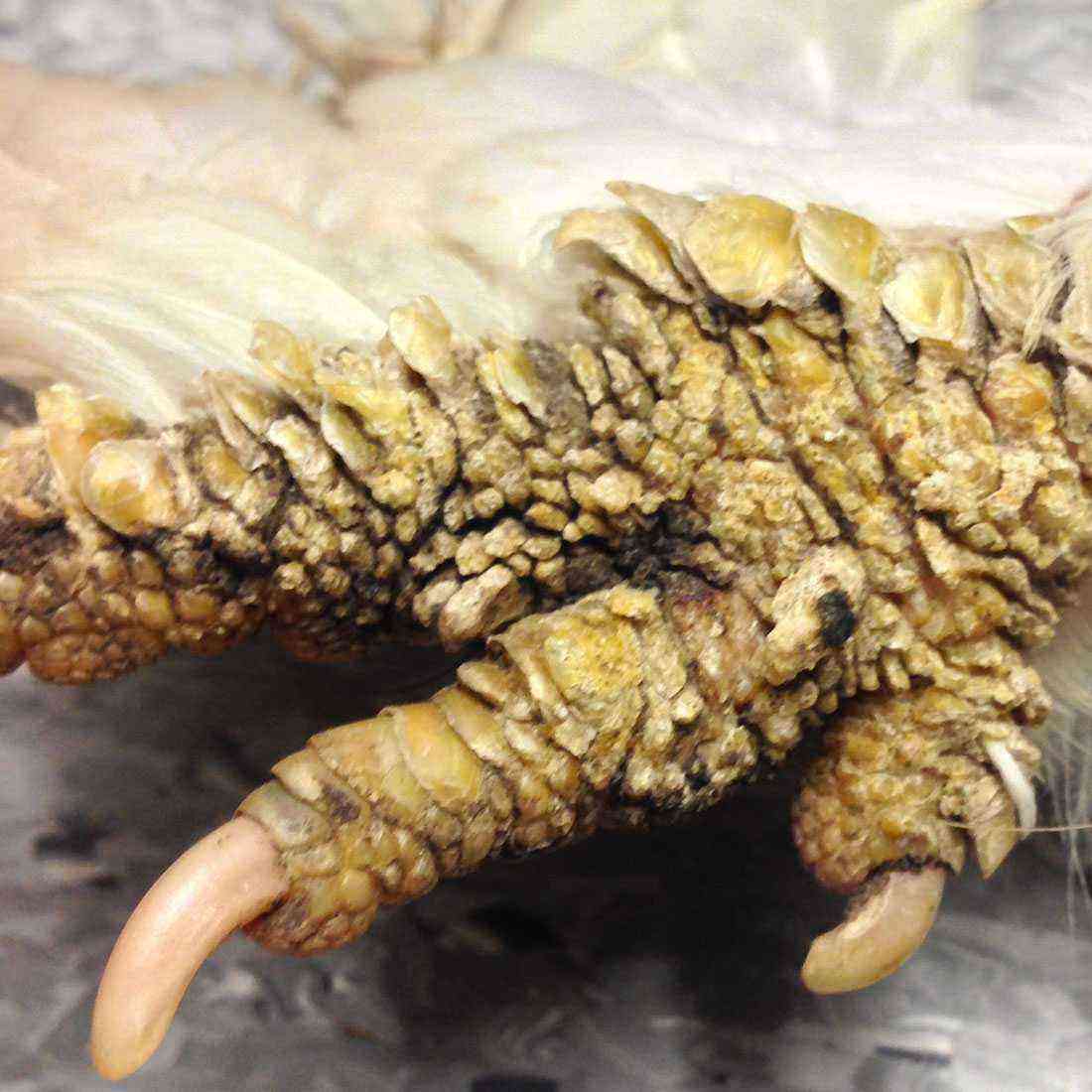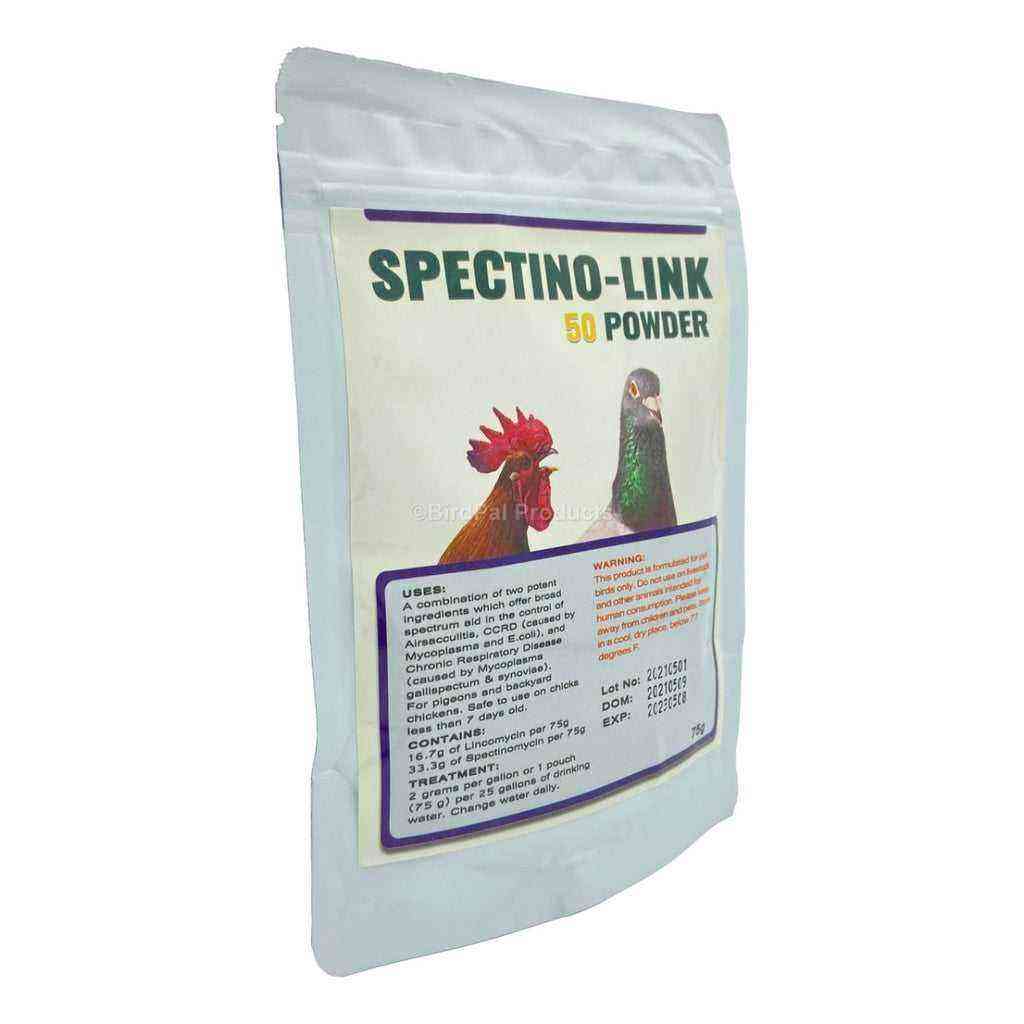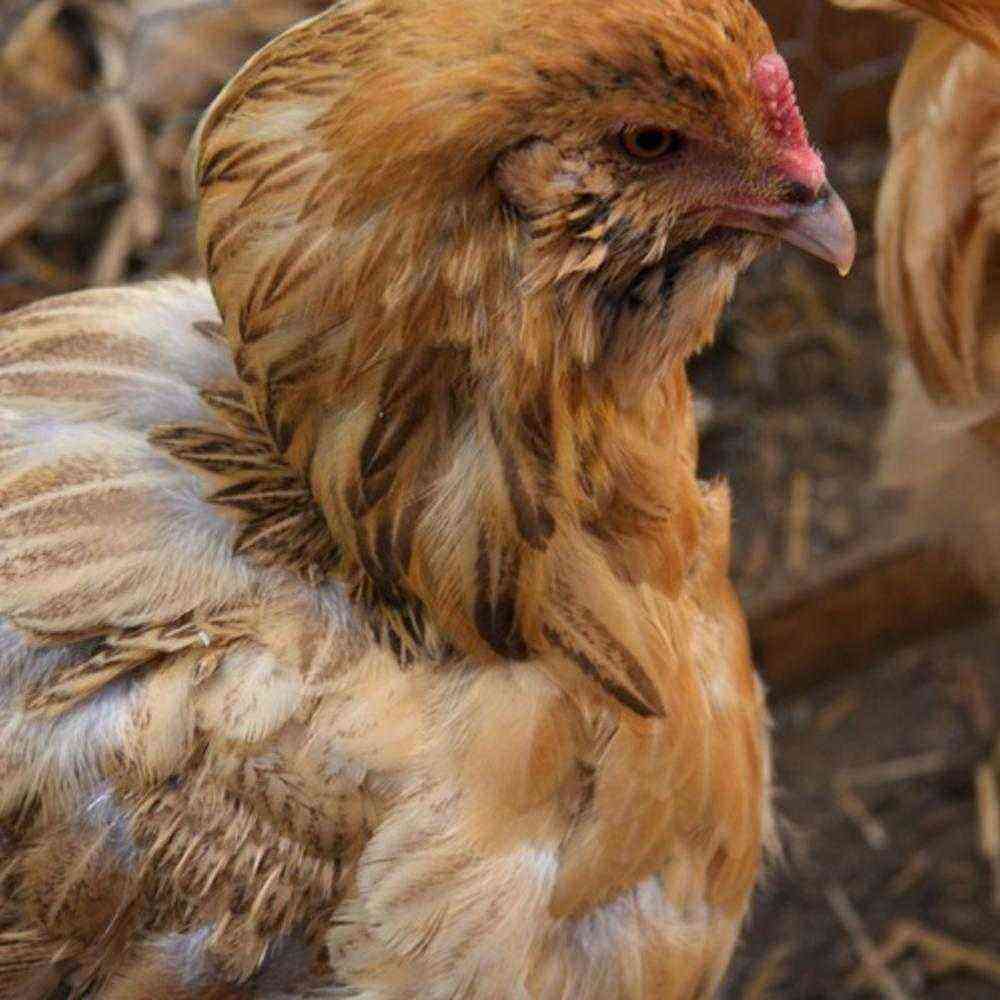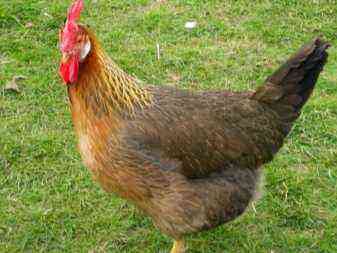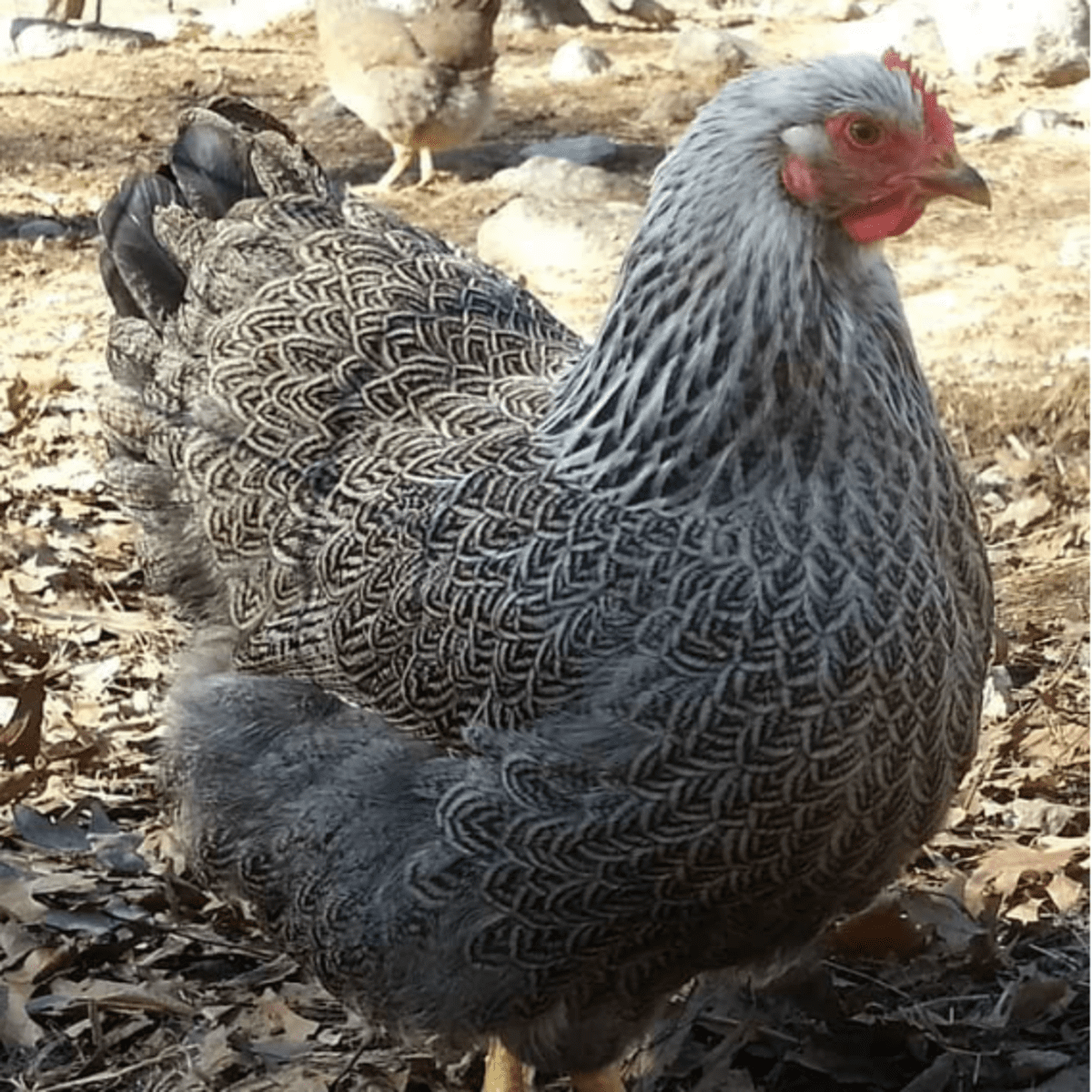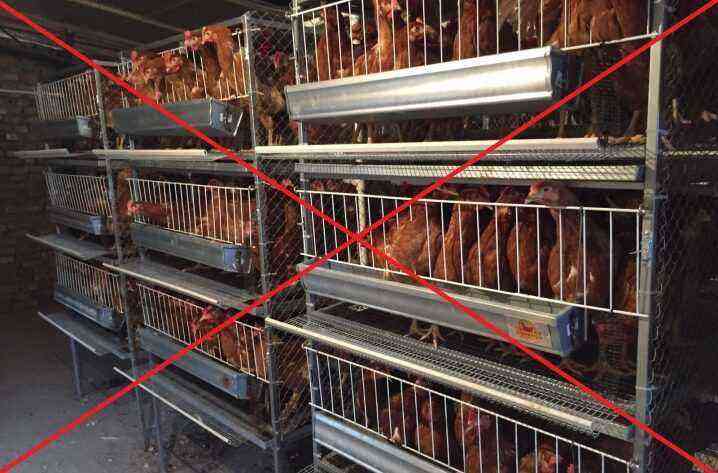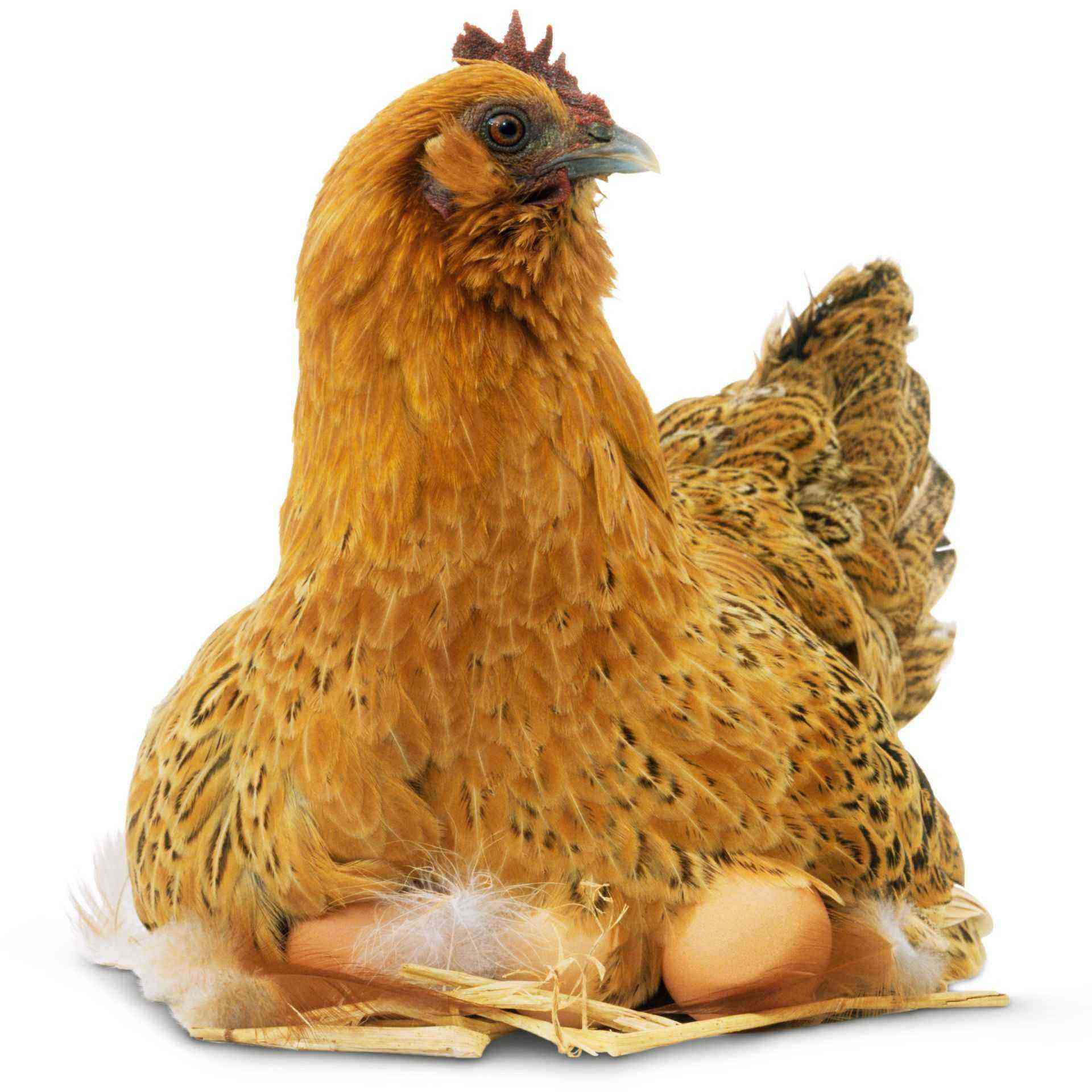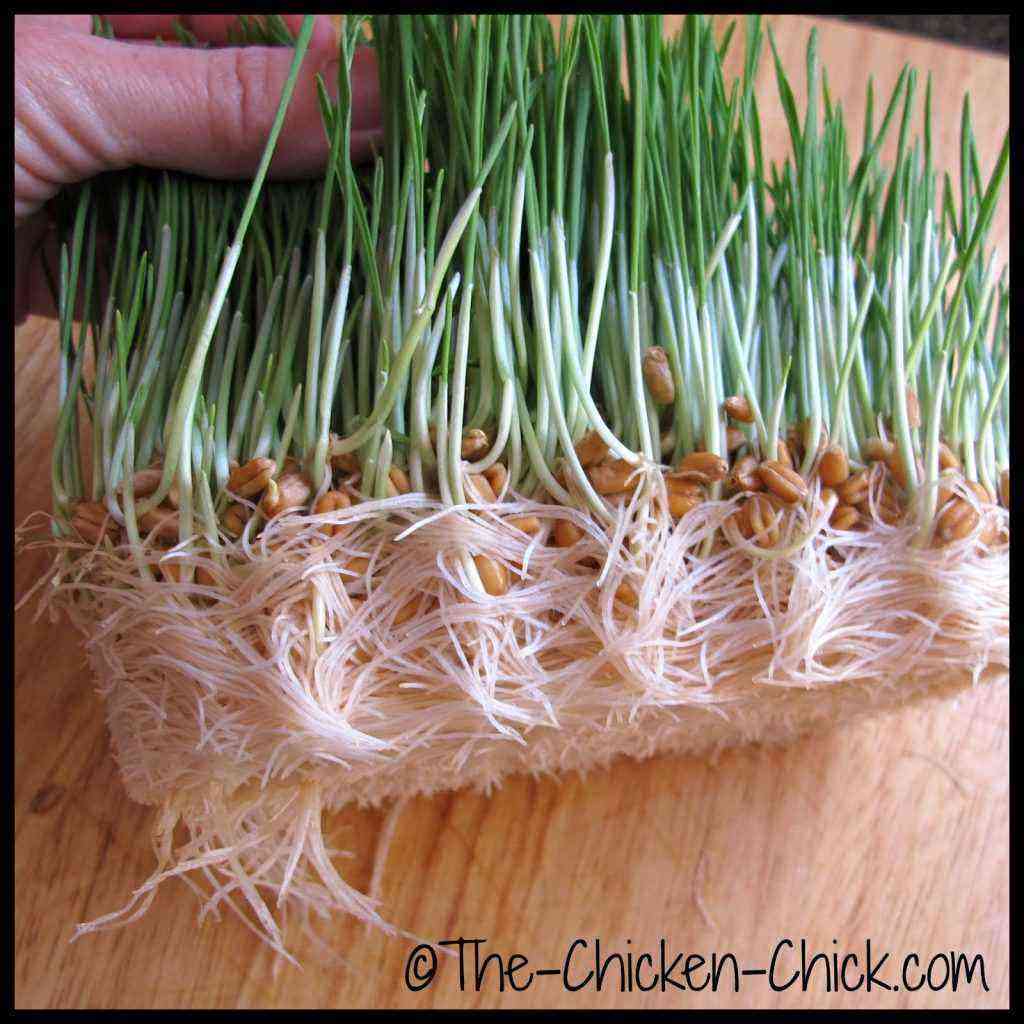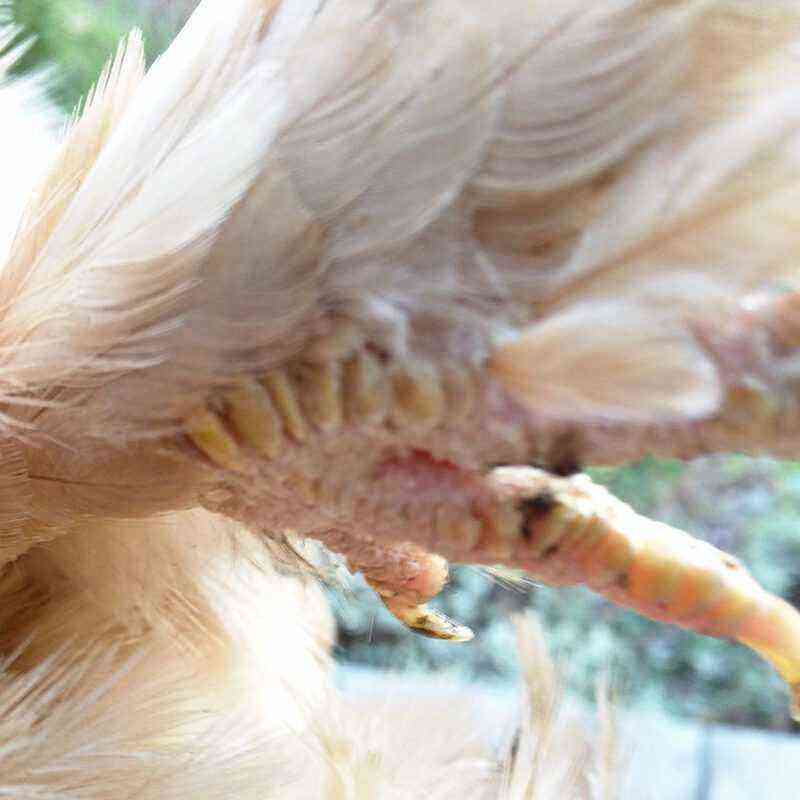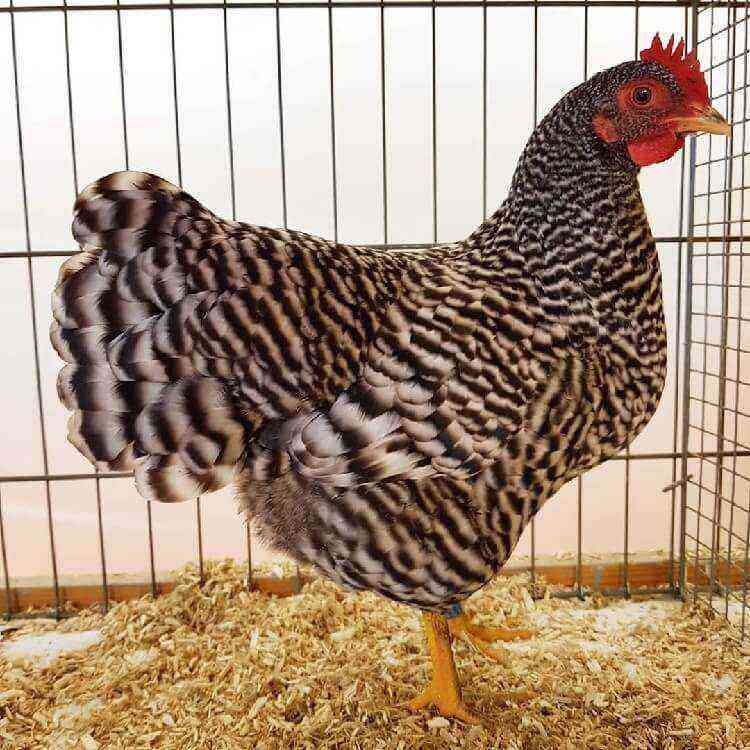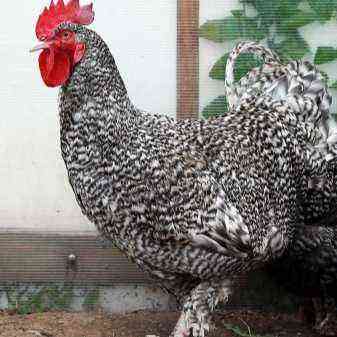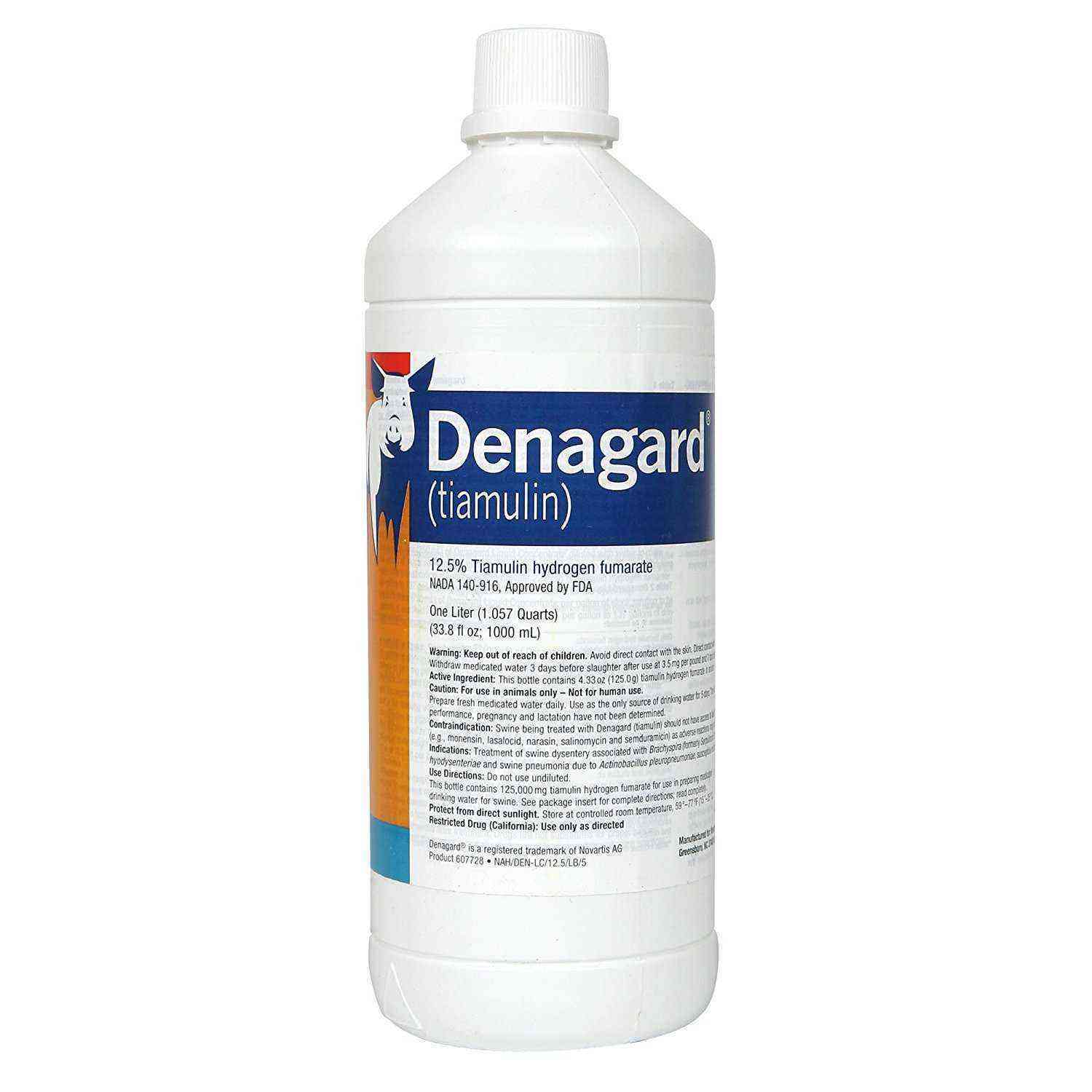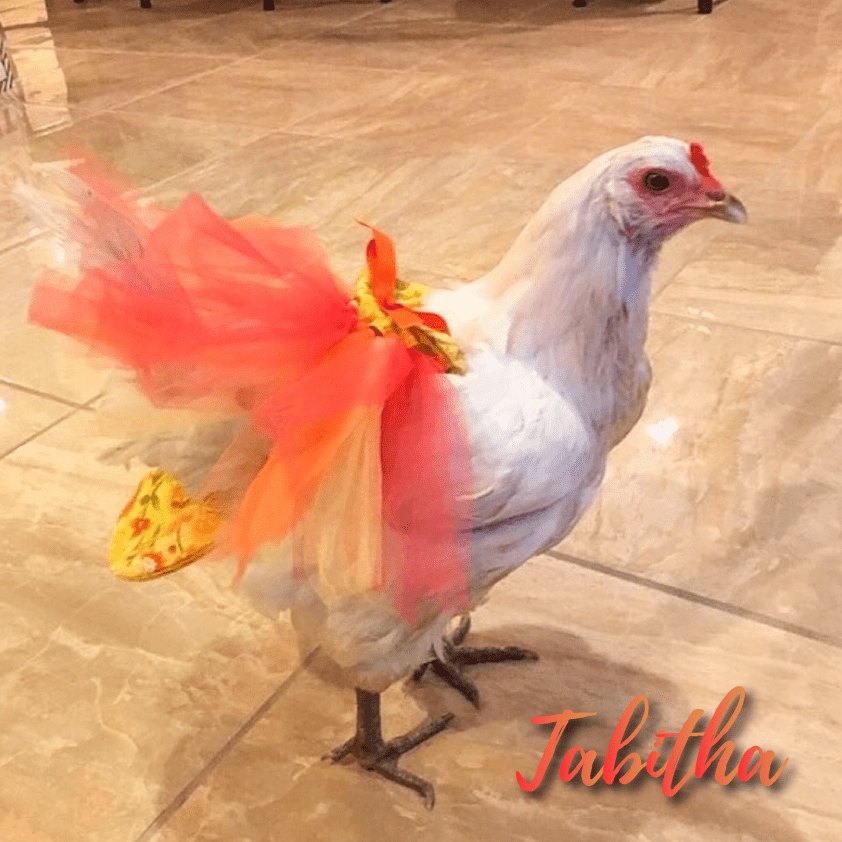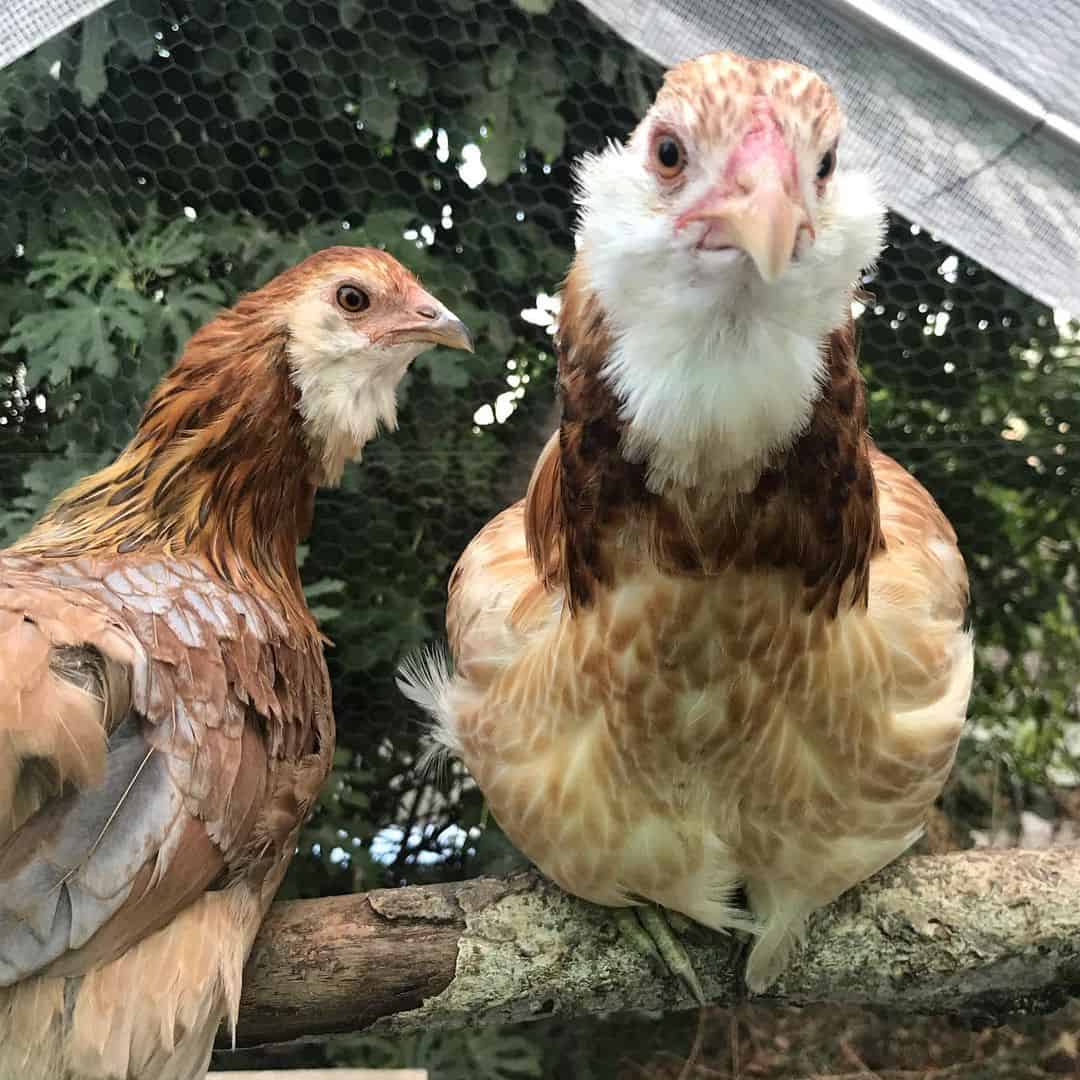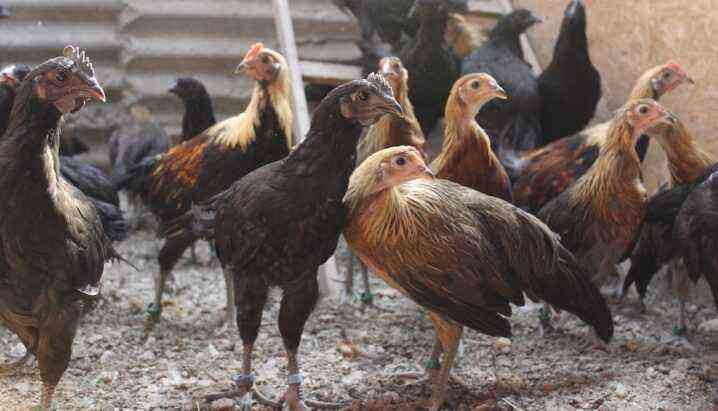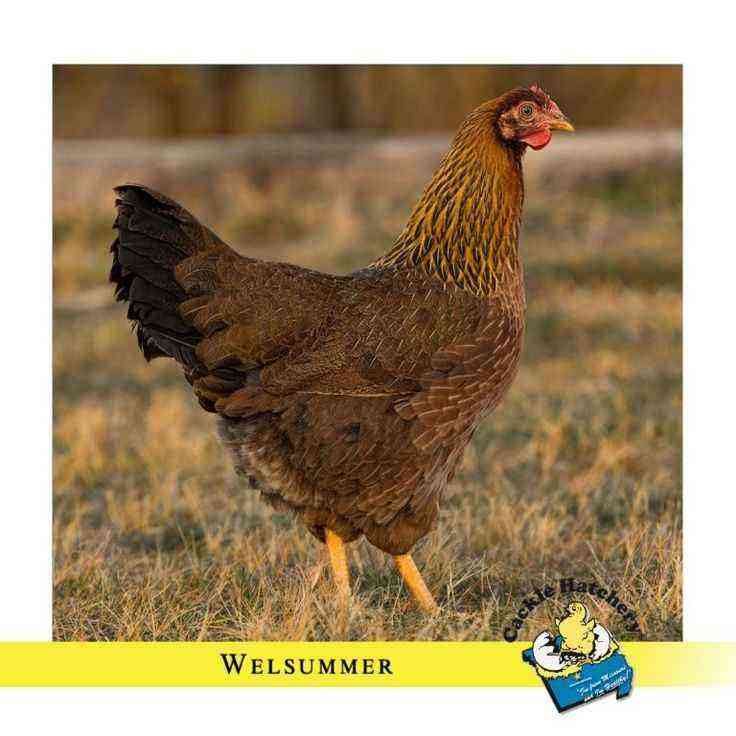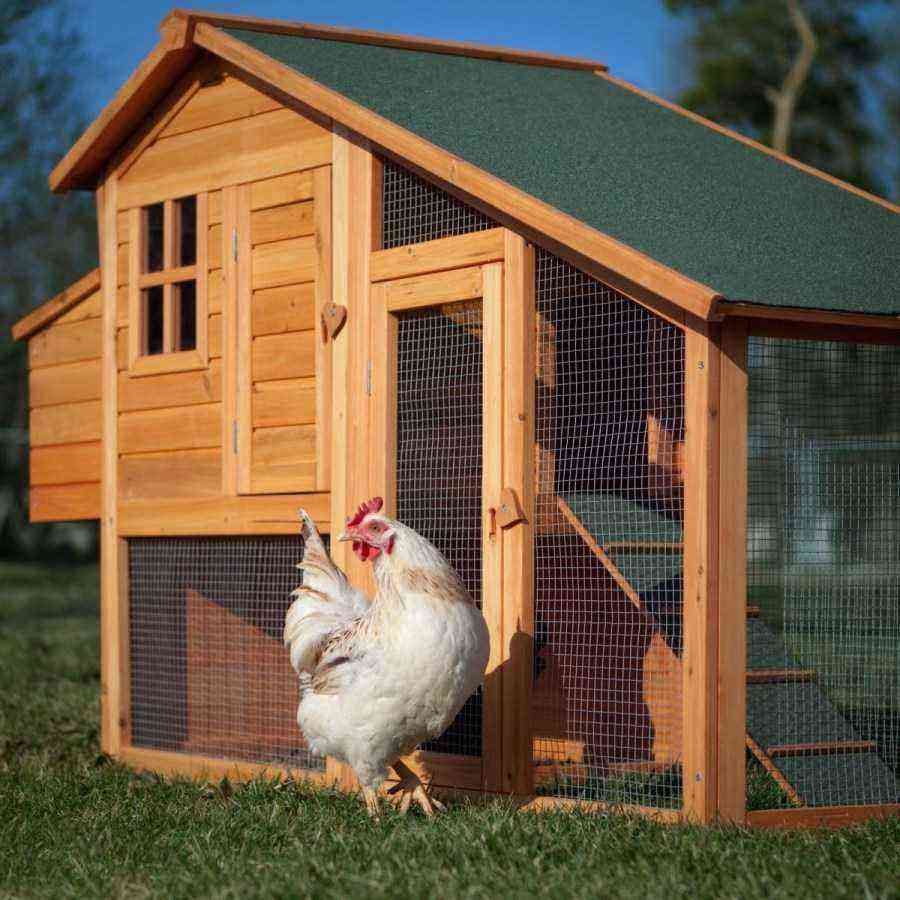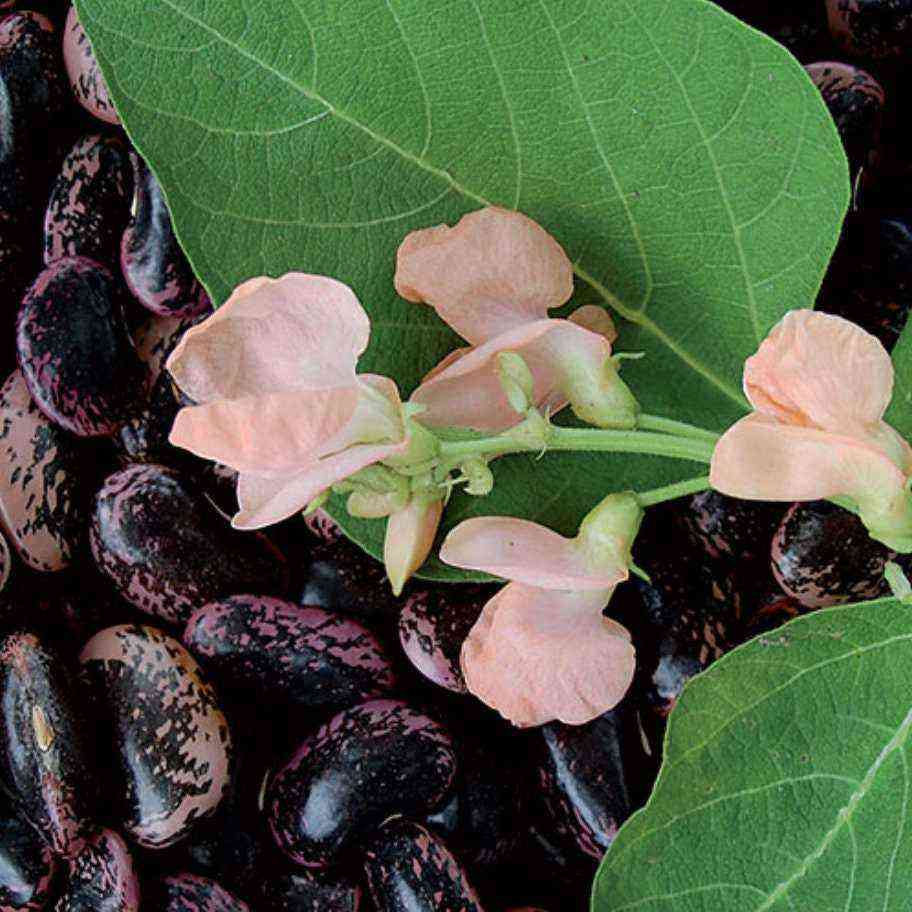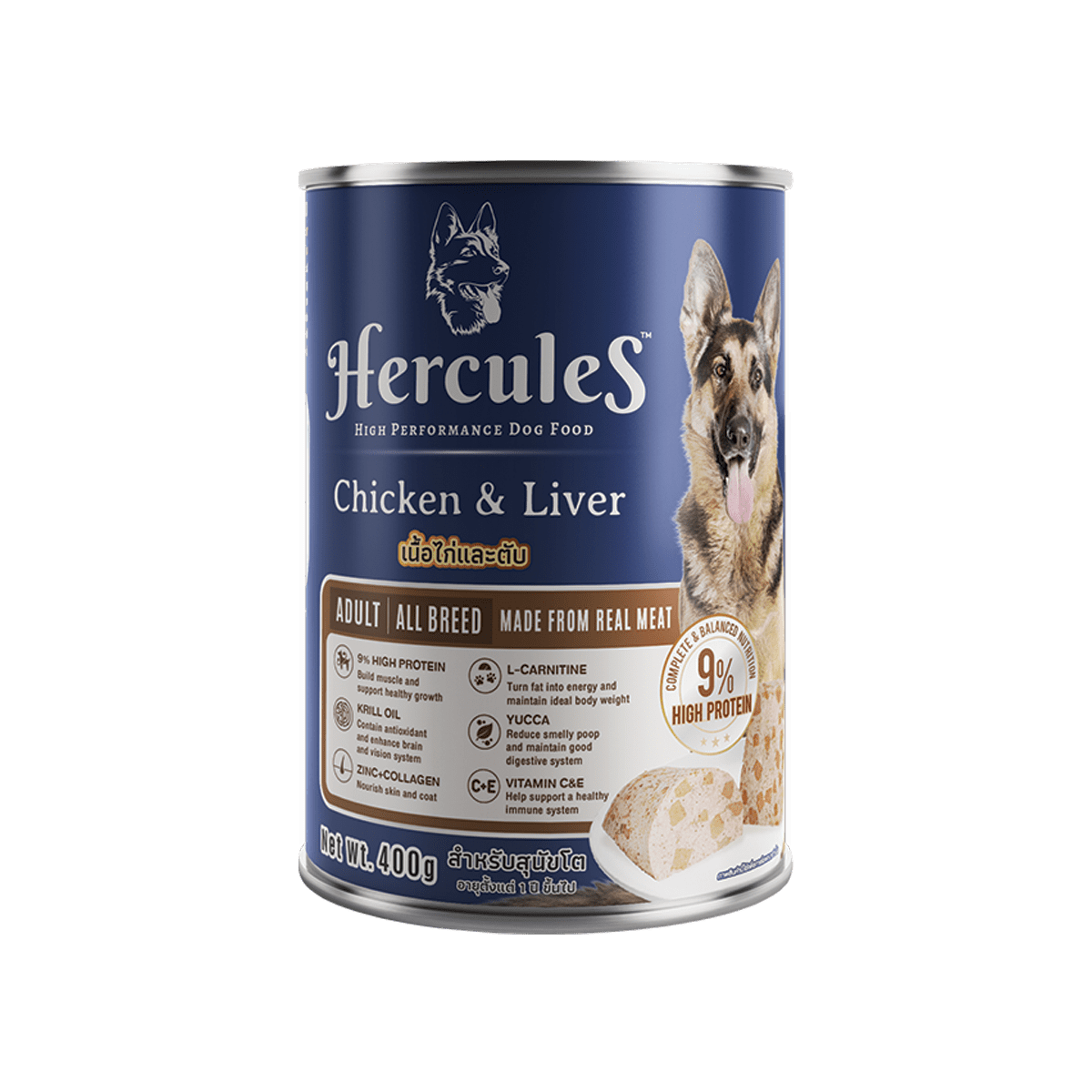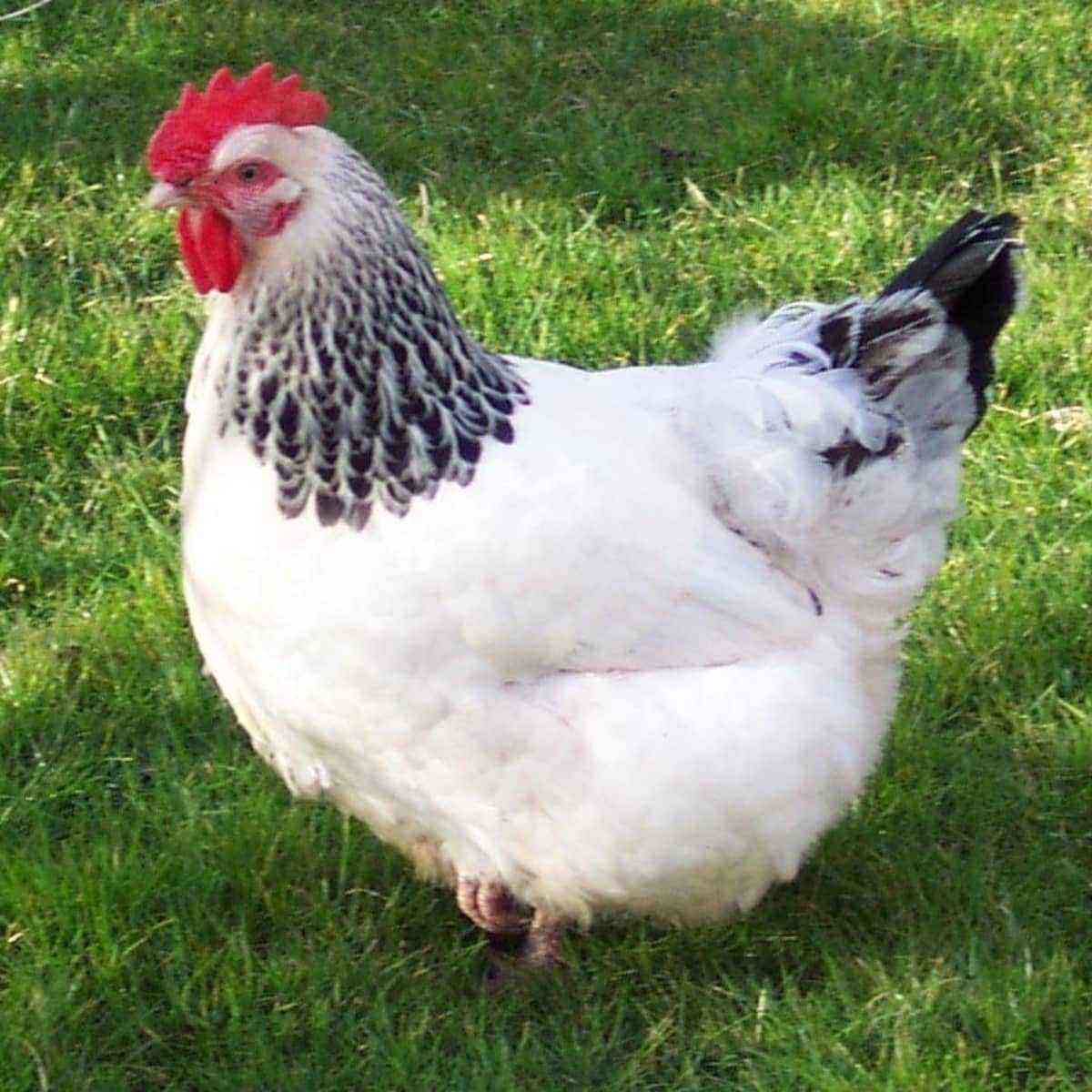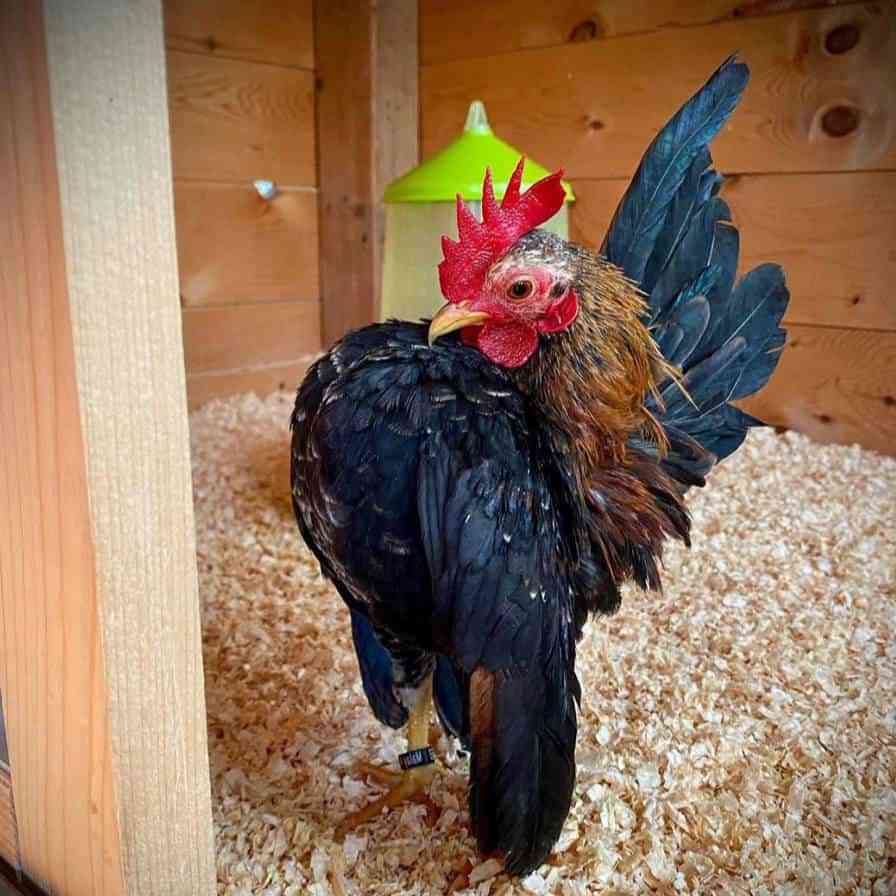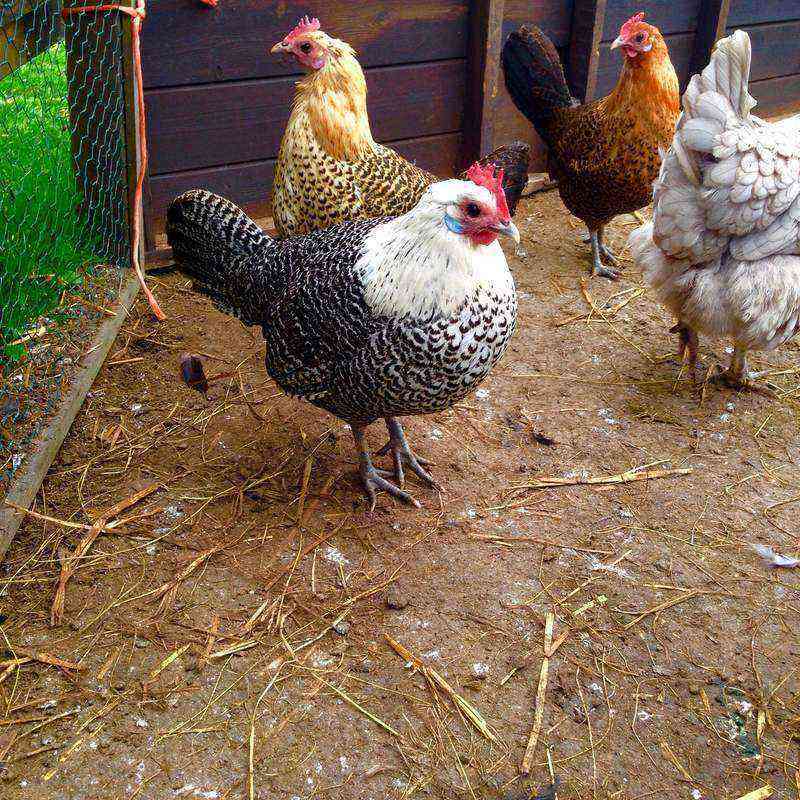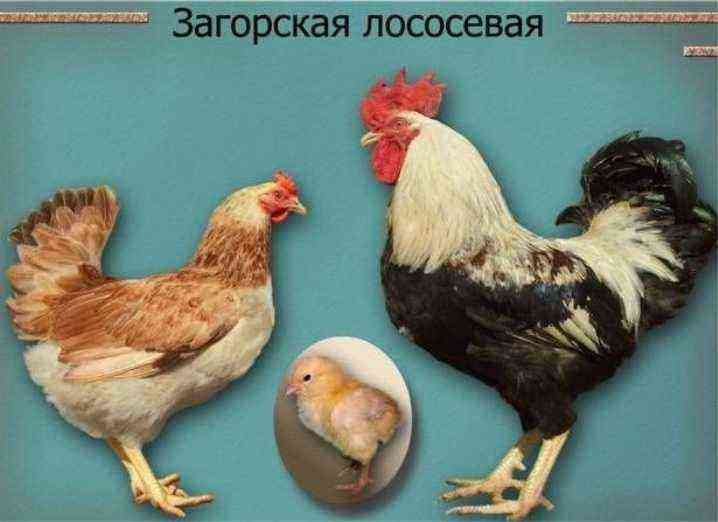Among laying hens, there are many individuals suffering from cloacitis. This disease is characterized by inflammation of the mucous membrane of the cloaca. The main factors influencing the appearance of the disease are the wrong conditions of detention and inadequate, poor, poor-quality feeding of the bird.
In addition to laying hens, other sex and age types of chickens also suffer from cloacitis. Basically, the disease develops as a result of prolonged feeding of feathered pets with roughage, which causes serious irritation of the cloaca, its mucous membrane. Chicks can become sick by eating the grain husk contained in the grain-and-meal mixture. In young laying hens, a cloacite may appear at the very beginning of oviposition or during egg production. The duration of the illness is about a month.
Cloacitis is accompanied by intestinal upset. The chicken secretes uric acid salts that contaminate the feathers located around the anus. The depth of inflammation of the rectum is about two to three centimeters. In some cases, yolk peritonitis is observed in feathered pets, which is characterized by the depletion of the bird, a significant decrease in oviposition, and sometimes its complete cessation.
Treatment of cloacitis involves a thorough treatment of inflammation sites. First of all, it is necessary to clean the mucous membrane of the cloaca from overgrown and adhering purulent secretions, films and other “contaminants”. Cleaned areas should be lubricated with tincture of iodine (5% or 10%), and then treated with zinc or some other bactericidal ointment.
Prevention of cloacitis implies the inclusion of succulent foods rich in vitamins in the diet of chickens. The most effective and suitable products for feathered pets will be greens and carrots.
